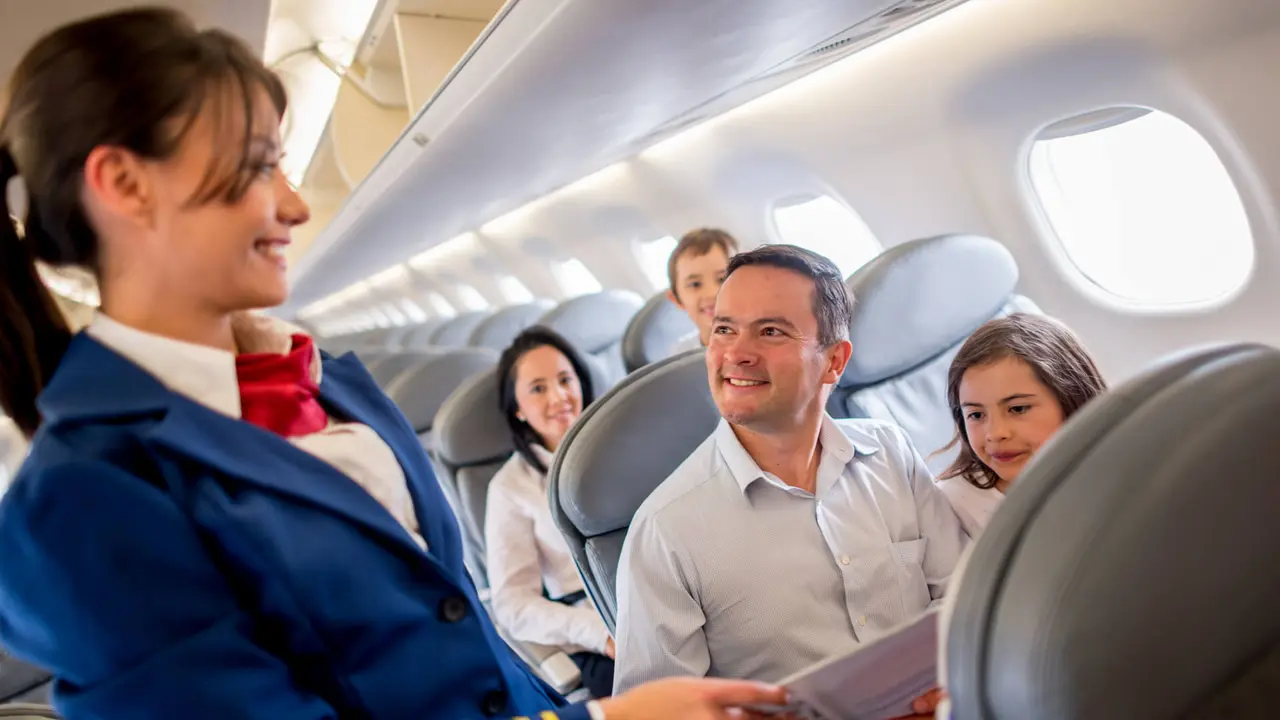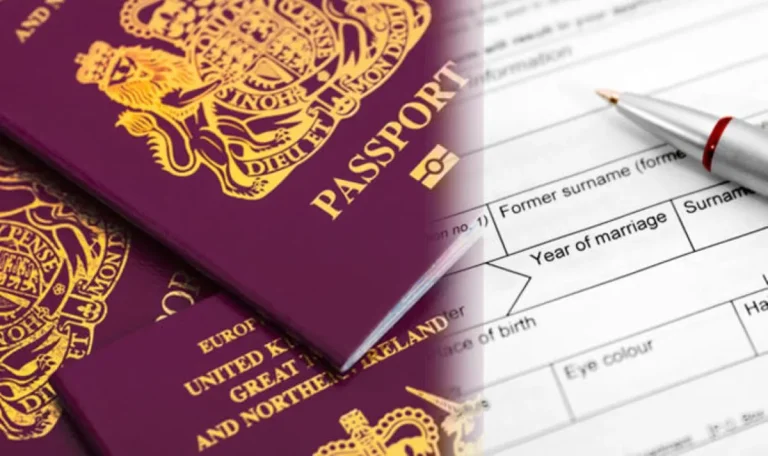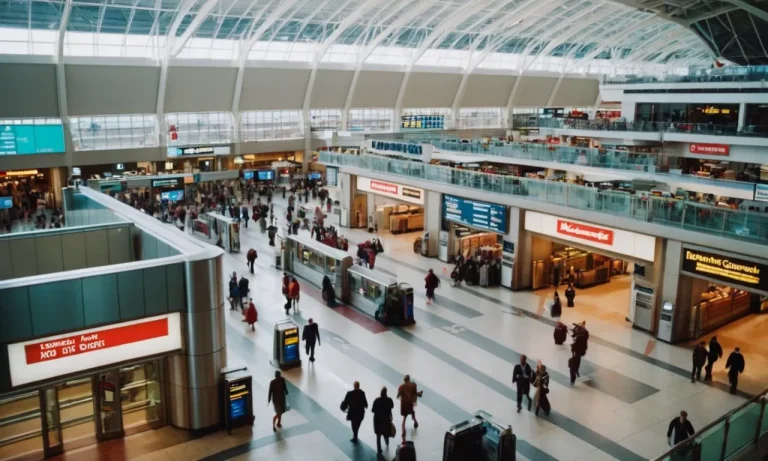Imagine soaring through the clouds, touching down in a new city, and then… landing in a luxurious hotel room, your reward for a smooth flight. Sounds like a perk exclusive to high-flying executives, right? Not quite!
The question of whether flight attendants get free hotels during layovers sparks curious whispers among travelers.
But is there truth to this urban legend, or do these skybound heroes face the same hotel booking struggles as the rest of us?
If you’re strapped for time, here’s the scoop: While flight attendants don’t automatically receive free hotel stays, the reality is nuanced. T
his comprehensive guide unravels the mystery, exploring airline policies, crew discounts, alternative arrangements, and the unique challenges of layover accommodations.
Beyond the Myth: Unveiling the Reality of Flight Attendant Layover Accommodations
Airline Policies: Navigating the Rules and Regulations
Airline policies regarding flight attendant accommodations vary widely.
Policies account for factors like layover location, length, and crew size.
For example, a long-haul international layover may warrant a higher-end hotel, while a short domestic layover may just provide a basic airport hotel. Unions advocate for improved accommodations.
However, costs ultimately impact policies.
Factors Influence: Duration, Layover Location, and Crew Size
Several key factors influence airline accommodation policies and flight attendant experiences:
- Layover duration – Longer layovers generally provide better accommodations.
- Location – International destinations may offer higher-end hotels than domestic layovers.
- Crew size – Larger crews could require more rooms or even entire hotel blocks.
These factors help determine hotel quality, room sharing, transportation, amenities, and other stipulations.
Understanding Crew Rest Periods: Balancing Comfort with Scheduling
FAA regulations mandate minimum crew rest periods between duty periods. For flight attendants, this ranges from 9-12 hours depending on trip length.
Airlines must provide adequate, comfortable rest locations during layovers.
Hotels are standard, but rest facilities are sometimes utilized for quick turnarounds.
While hotels offer more space and amenities for extended rests, specialized airport crew lounges provide privacy and convenience for short layovers.
Airlines weigh many factors when designating crew accommodations to meet safety regulations.
Unlocking Perks: Discounts and Benefits for savvy Layover Stays
Union Power: Leveraging Negotiated Hotel Rates and Agreements
Flight attendant unions like AFA-CWA have negotiated great hotel discounts and perks for their members during layovers.
By booking with union-approved hotels, crews can save up to 50% off normal room rates. The union agreements also ensure quality standards and ideal locations near airports.
For example, AFA-CWA has agreements with Marriott, Hilton and Hyatt properties in major airline hubs like Chicago, Atlanta, and Dallas.
Some hotels offer further discounts for airline employees who show their company ID at check-in.
So being part of a flight attendant union opens the door to exclusive hotel deals and an improved layover experience.
Loyalty Programs: Accumulating Points and Upgrades for Frequent Flyers
Savvy flight attendants leverage hotel and airline loyalty programs to earn free nights, room upgrades, early check-in, lounge access, and other elite benefits during layovers.
After just a few months of travel, most flight attendants have Gold or Platinum status with major hotel chains.
This unlocks perks like free WiFi, breakfast, late checkout, and more.
Similarly, attainable elite tiers with airlines bring priority service, first class upgrades when available, and access to swanky airport lounges on long layovers.
The key is strategically sticking to 1 or 2 hotel and airline loyalty programs to maximize status and rewards.
Credit Card Benefits: Travel Perks and Insurance Coverage
The right travel credit cards offer invaluable perks and protections for frequent flying crew members.
Many cards provide free checked bags, priority boarding, inflight discounts, and airport lounge access for cardholders.
Premium travel cards like Chase Sapphire Reserve also include trip delay coverage, primary rental car insurance, and concierge service – useful benefits for flight crews.
The annual fee is easily offset by hundreds of dollars in perks.
Plus, using the card to pay for all travel expenses helps you earn points and miles faster.
Sharing Strategies: Crew Rooms and Roommate Options for Cost Savings
To save money on layovers, flight attendants have some clever sharing strategies.
Many hotels offer discounted “crew rates” on rooms with two double beds, ideal for sharing. Splitting the cost with a colleague cuts the price.
Large crew lounges in hub airports also have free bunk rooms, showers, and kitchens for flight crews to rest and refresh between flights.
Airlines like Delta and United operate their own crew rest facilities in places like Atlanta and Houston.
While not luxurious, these crew room options provide free, convenient places for flight attendants to briefly rest and relax on long layovers.

Beyond the Hotel: Alternative Layover Arrangements for the Resourceful Crew
Crash Pads and Crew Rest Facilities: Affordable Options for Overnight Stays
Flight attendants looking to save money on layovers often opt for crash pads instead of hotels.
Crash pads are shared apartments or houses rented by groups of crew members as an affordable place to rest between flights.
Dedicated crew rest facilities are another budget-friendly option in some hub airports. These dormitory-style spaces allow on-call crew to rest right at the airport, reducing transportation costs.
Rest pods with beds, lockers, WiFi, and shower facilities can cost under $10 for a few hours of overnight downtime before the next shift.
Home Away from Home: Utilizing Layover Time for Personal Visits
For longer layovers or recurrent trips to the same city, some flight crew opt to stay with friends or family rather than hotels.
This allows quality time to visit loved ones while saving on accommodation costs.
Services like Couchsurfing also facilitate connecting travelers with hosts offering spare rooms or couches for free.
Parking an RV or camper van near the airport is an innovative option for mobile crew members.
Having your own personal mobile home allows comfort and privacy without the price tag of multiple hotel stays.
Creative Solutions: Airport Lounges and Day Rooms for Short Layovers
For quick turnaround daytime layovers, resting in a lounge or day room allows crew to briefly refresh without needing overnight lodging.
Most major airports have pay-to-access lounges open 24/7 with comfortable chairs, WiFi, food/drink, and sometimes showers.
Airport hotels often rent out day rooms for a few hours to accommodate long layovers. These rooms allow private spaces to nap, shower, and unwind near the gate for early morning flights.
Embracing Layover Experiences: Exploring the City During Extended Breaks
Having 12+ hour layovers in exciting destinations allows many flight attendants the chance to embrace experiences between flights.
With an overnight stay or long daytime break, crew can take advantage of free time to step out of the airport and explore the local city.
From guided tours to public transportation, many flight attendants capitalize on longer layovers by sampling local cuisine, museums, entertainment, and nightlife.
While balancing rest needs, an adventurous spirit allows crew members to make the most of globetrotting travel perks.
Weighing the Balance: Challenges and Considerations for Layover Accommodations
Unpredictable Schedules: Adapting to Last-Minute Changes and Cancellations
Flight attendant schedules can be unpredictable, with last-minute flight changes, cancellations, and delays disrupting plans.
Adapting on the fly while managing fatigue can be challenging. Layover accommodations with flexible cancellation policies help.
However, constantly changing plans can be disruptive. Strategies like packing light, staying organized, and maintaining perspective help flight crews adapt.
Security and Comfort: Prioritizing Safety and Well-Being During Layovers
Secured hotel accommodations, private ground transportation, and the “buddy system” help protect crew well-being.
However, balancing security precautions with rest can be tricky. Open communication and proactive policies from airlines are essential for helping crew feel safe.
Location Logistics: Balancing Convenience with Cost and Amenities
Layover location impacts convenience, cost, and amenities.
Staying at an airport hotel maximizes time resting, but more central options offer easier access to meals and activities during longer layovers.
Proximity to the airport must be balanced with potential noise.
Maintaining Balance: Managing Layover Stress and Prioritizing Rest
Layovers should provide downtime between flights, but can sometimes be more stressful than restful.
Quality accommodations allow proper rest, healthy meals, and light exercise. Still, managing sleep and diet on the road takes discipline.
Staying organized, communicating needs, and utilizing support resources helps flight crews maintain balance.
Beyond the Layover: Understanding the Life of a Flight Attendant
A typical day for a flight attendant involves far more than just working while in the air.
Flight attendants must intricately plan and balance their time during layovers between resting, eating, recharging and enjoying some leisure time.
Here’s an inside look at a typical day:
- Arrive at the airport 90 minutes before departure and check in at the crew room
- Review the flight plan, weather reports, and emergency procedures
- Go through security and board the plane to prep for passengers
- Work onboard the flight providing safety instructions, service, and assisting passengers
- Deplane after landing and bid farewell to passengers
- If overnight layover, take hotel shuttle to rest and explore the city
- Squeeze in time for meals, exercise, shopping, or sightseeing
- Get mandatory rest period overnight before the next day’s flights
As you can see, flight attendants are constantly on the move and balancing varied demands.
With irregular schedules and global time zone changes, their days are often long, tiring, and disrupted.
However, the thrill of travel and serving passengers makes it worthwhile.
Travel Perks and Sacrifices: Finding the Balance in a Global Job
Working as a flight attendant has its fair share of glamorous perks, especially the ability to jet set around the world.
But it also involves many sacrifices that can take a toll. Here’s a look at some of the pros and cons:
| Perks | Sacrifices |
|---|---|
| Discounted travel privileges | Irregular schedules and jet lag |
| Exploring new destinations | Time away from family and friends |
| Hotel discounts on layovers | Health impacts like fatigue and poor diet |
| Meeting new people | Dealing with difficult passengers |
Ultimately it’s about maintaining work-life balance. The 75% of flight attendants who report high job satisfaction find ways to take advantage of the perks while mitigating the downsides through self-care and support systems.
Community and Support: The Importance of Crew Camaraderie
Working in the high-stress environment of air travel takes grit, patience, and teamwork.
That’s why the community and camaraderie among fellow crew members is so essential. Flight attendants spend extended time together in the air and on layovers.
They bond while sharing travel tales, covering each other’s backs, and exploring new places.
Studies show that strong crew relationships increase job satisfaction and reduce burnout.
Flight attendants rely on each other for support through unpredictable situations. Many crews become like second families.
Fostering positive relationships with peers allows flight attendants to vent, relax, and stay resilient amidst the demands.
Appreciation and Respect: Recognizing the Value of Flight Attendants
While the glamour of jet-setting captures the public imagination, few recognize the skills, training and stamina required of flight attendants.
They must become safety experts, medical responders, food service providers, and customer service superstars rolled into one.
It takes extensive initial training and ongoing education. Flight attendants are responsible for the lives of hundreds of passengers each flight.
Respect from airline management, crew, and the public goes a long way.
Acknowledging the hard work, flexibility, and sacrifices flight crews make to keep global travel running smoothly improves morale and retention.
Simple actions like saying “thank you”, patience and understanding when delays or issues happen, and recognizing their role in safety makes all the difference.
Appreciation fuels job satisfaction and high performance from these aviation professionals.
Conclusion
While the truth about flight attendant hotel accommodations may not be quite the fairy tale of luxurious layovers, it’s a story woven with resilience, resourcefulness, and a deep understanding of the unique demands of their profession.
So, next time you board a flight, remember the faces behind the safety demonstrations – they might not be lounging in five-star suites, but they’re navigating a fascinating world of layovers, fueled by dedication, adaptability, and perhaps a good cup of coffee during a short airport lounge rest stop.






